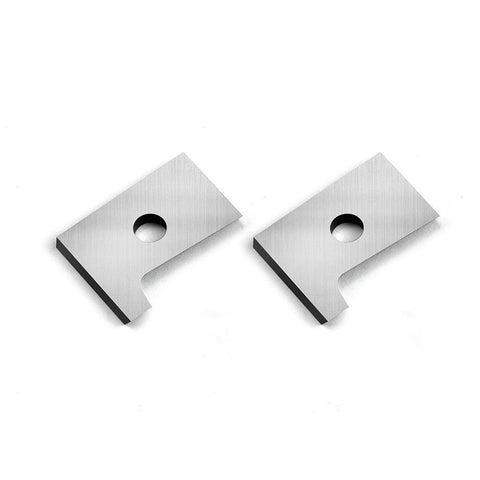When it comes to interior design and home renovation, the terms trim and molding are often used interchangeably. Both elements play a crucial role in enhancing the aesthetic appeal of a space, but it's important to understand that there are distinct differences between the two. In this article, we will delve into these differences, exploring their unique characteristics and purposes.
Trim and molding both serve decorative and functional purposes, but they are applied in different areas and have distinct features. Let's take a closer look at each:
Trim refers to the materials used to finish off the edges of walls, windows, doors, and other architectural features. It is typically installed on top of the structural elements to create a clean and polished look. Trim is often narrower and simpler in design compared to molding, focusing more on creating clean lines and transitions.
Common types of trim include baseboards, casings, and chair rails. Baseboards are installed along the bottom of walls, covering the joint between the wall and the floor. They help protect the wall from scuffs and provide a finished appearance. Casings, on the other hand, are used around windows and doors to frame and enhance their appearance. They can vary in width and style, depending on the desired aesthetic. Chair rails serve a dual purpose, protecting the wall from chair backs while also adding a decorative element at approximately chair height.
Trim materials can range from wood to synthetic materials like PVC or composite. Wood is a popular choice for its natural beauty and versatility, allowing for various stain or paint options to match the overall design scheme. Synthetic materials offer durability, resistance to moisture, and ease of maintenance, making them suitable for high-traffic areas or environments prone to moisture.
Molding, on the other hand, refers to decorative elements that are used to enhance the visual appeal of a space. Molding is typically more intricate in design and can be applied to walls, ceilings, furniture, or other architectural features. It adds depth, texture, and elegance to a room, creating visual interest and character.
There are numerous types of molding available, each with its own unique purpose and style. Crown molding, for instance, is installed at the junction of the wall and ceiling, adding a touch of grandeur and elegance to a space. It can vary in size and design, ranging from simple and streamlined to ornate and detailed. Other common types of molding include picture rail molding, panel molding, and cornice molding, each serving specific decorative functions.
Molding materials are similar to those used for trim, including wood and synthetic options. Wood molding allows for intricate detailing and can be stained or painted to match the desired aesthetic. Synthetic molding materials offer durability, moisture resistance, and ease of installation.
In summary, while both trim and molding contribute to the overall appearance of a space, they have distinct differences. Trim focuses on creating clean lines and transitions, typically installed along the edges of architectural features such as walls, doors, and windows. It is narrower and simpler in design, serving both functional and aesthetic purposes. Molding, on the other hand, is more decorative and intricate, adding depth, texture, and visual interest to a room. It can be applied to walls, ceilings, and furniture, serving a purely aesthetic purpose.
Understanding the differences between trim and molding is essential when planning interior design or renovation projects. By selecting the appropriate elements for each area and purpose, homeowners can achieve a cohesive and visually pleasing result. Whether it's creating a seamless transition with trim or adding ornate details with molding, both elements play a vital role in enhancing the overall charm and beauty of a space.
By the way, if you still have any problem about knife molding, you can visit to FindBuyTool official website, where there is various woodworking tools you need, or you can directly send e-mail to us.

2018 © BilPark | Tüm Hakları Saklıdır
Bilpark Bilişim Teknolojileri A.Ş.
Mecidiyeköy Mah. Kervan Geçmez Sok. 20/9
Şişli/İstanbul - Türkiye
T: +90(212) 216 76 40